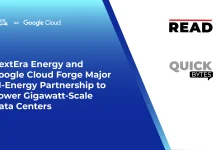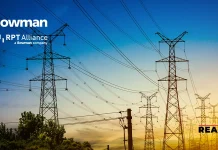STAR.VISION from China won two runner-up prizes in the Multimodal Learning for Earth and Environment (MultiEarth 2022) Challenge on 19 June at the IEEE International Conference on Computer Vision and Pattern Recognition (CVPR 2022). STAR.VISION won two runner-up prizes in the Multimodal Learning for Earth and Environment (MultiEarth 2022) competition, and was the only space company on the list.
“Never seen before, only for the sake of vision. Change often starts in unexpected places.”
CVPR, organized by the Institute of Electrical and Electronics Engineers (IEEE), is the top international conference in computer vision and pattern recognition. The world’s major AI giants and unicorns, such as Ali, Shang Tang, and Megvii, have proved their competence at CYPRUS. The computer vision event was held in New Orleans, USA.
Also Read: NASA Sets Live Launch Coverage for CAPSTONE Mission to Moon
The Earth and Environment Multimodal Challenge, organized by MIT’s Lincoln Laboratory, is themed on biodiversity change, habitat loss, and climate change due to the decline of the Amazon rainforest. STAR.VISION was runner-up in two sub-tasks of the CVPR 2022 Earth and Environment Multimodal Challenge – Matrix Complementation and Multimodal Image Translation. Researchers have had difficulty accessing rainforest areas. Satellite remote sensing can provide a powerful tool for tracking changes in the Amazon. However, seasonal weather, clouds, smoke, and the inherent limitations of optical sensors present obstacles to acquiring continuous time-series images. These two missions offer a new perspective on long-time series monitoring of rainforest change, bridging the gap where optical satellites are heavily affected by cloudy weather.
CVPR 2022’s Agriculture Vision challenge aims to investigate and develop innovative and effective algorithms for crop classification and identification using remotely sensed imagery. This case uses a satellite-based global dataset of crop types provided by the University of Maryland and NASA Harvest. STAR.VISION’s pioneering Time-Gated Convolutional Neural Network (TGCNN) algorithm efficiently and accurately accomplished the classification of Earth observation time series. It was provisionally ranked first in a test set of three countries – Kenya, Brazil and Togo. The algorithm was provisionally ranked first in the test set of three countries – Kenya, Brazil and Togo.
STAR.VISION is a high-tech company that integrates AI technology with the aerospace industry. The industry commented on the division’s achievement at CVPR 2022 – a notable breakthrough by an aerospace company in an advantaged area for software companies
Dr. Yashu Kang, head of AI research and development at STAR.VISION said that the company hopes to use space technology to “improve the Earth from space”. “As a hard technology company that makes satellites, we are participating for the first time in the top AI competition, which is full of traditional AI companies and is full of excellent players. As a hard technology company making satellites, our first participation in CVPR, the top AI event with many traditional AI companies and a strong field of competitors, is like a dark horse. This achievement confirms our direction of combining satellites and AI.”




